Last week my daughter and I took a hike in the
Wahkeena Nature Preserve .
Wahkeena, named with a Yakima Indian word meaning
"most beautiful" is located on the edge of the Hocking Hills.
This was a first time visit and it was almost closing
time so we took a quick walk on the lower Nature
Trail around the lake.
Tom the Naturalist was such a wonderful help
with all of our questions about the park and its plants
and wildlife.
Visit the Nature Preserve’s Blog for a schedule of
the activities that are being held this year.
Lake Odonata is alive with plants and animals.
The resident Beavers are active on the end of the lake
but they were not showing themselves at the time of
our visit.
Dragonflies were everywhere around the lake
Ebony Jewelwing Damselfly
Female Ebony Jewelwing Damselfly
Thank you Robyn!
The lake was covered with waterlily pads and beautiful
waterlily blooms.
The sounds of frogs were in the air all around the lake.
There was a very active bee hive in the Old
Garden Area of the park and there was another
hive in the Naturalist Cabin where they could be
watched and a great learning tool for visitors and
school tours.
Bee and Butterfly loving plants and flowers are
planted around the preserve.
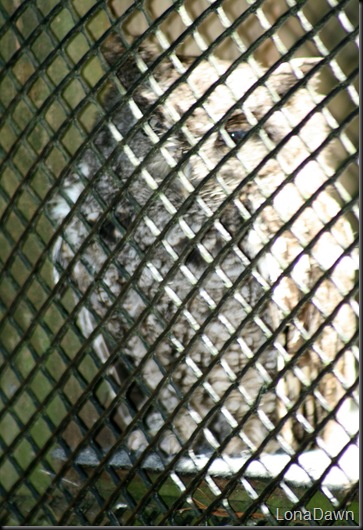
Owl
This picture is not a good one of the resident
little owl which was injured and adopted to
the park as was the Red Tailed Hawk.
Lizard Tail plants are in abundance around the edges
of the lake in the water.
The trails in the preserve were marked so well
and maps are available of the preserve.
We spotted squirrels, chipmunks and deer on
our short walk around the lake.
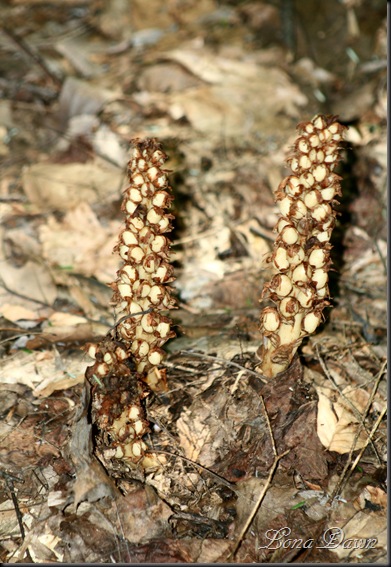
Squaw Root
I had been trying to get an identification on this
wildflower which I had spotted in the other parks of
the Hocking Hills with out any results.
But the Naturalist knew right away what it was
when I showed him the picture. It is a wildflower that
lack the green chlorophyll it needs to make its
own food.He also told us that it was at the end of its
flowering stage now and grew on the roots of Oak trees.
So thank you Tom for the identification and the
information.
Support and visit your local Parks and
Historical Sites.
Thank you,
Lona

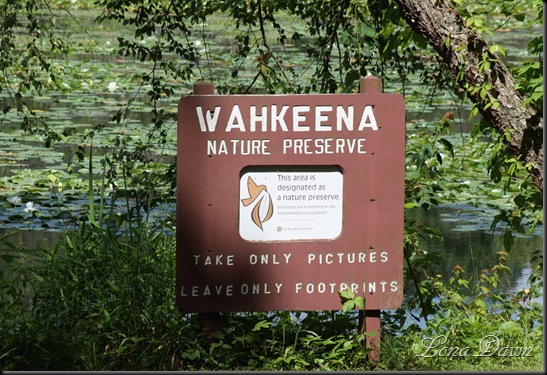
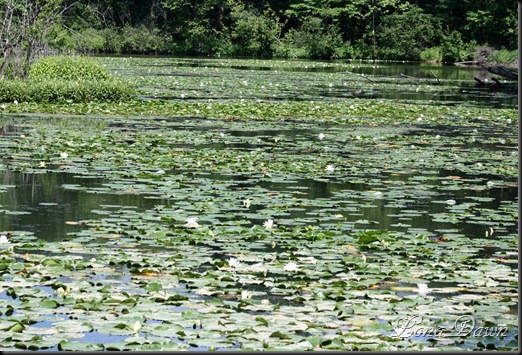
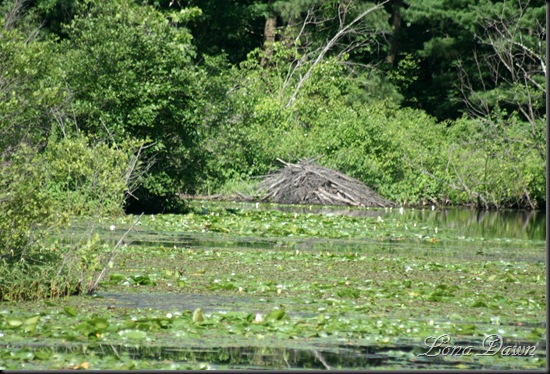
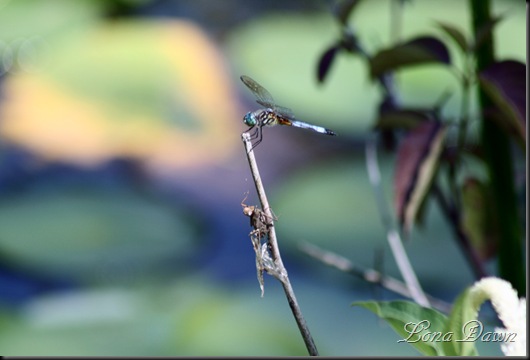
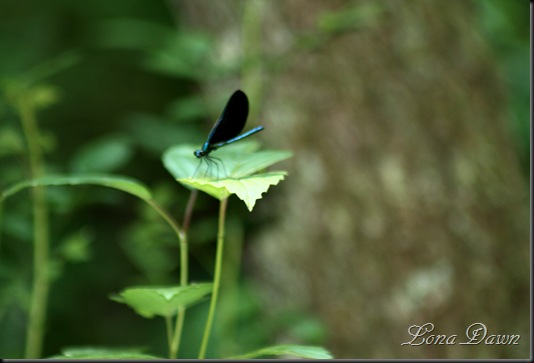
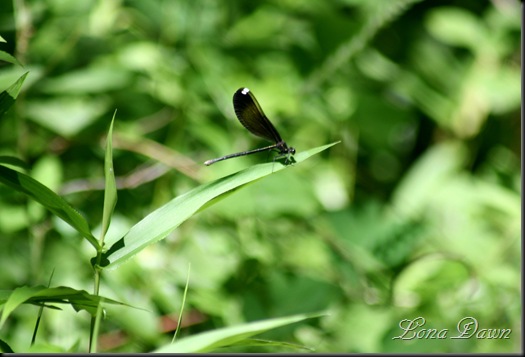
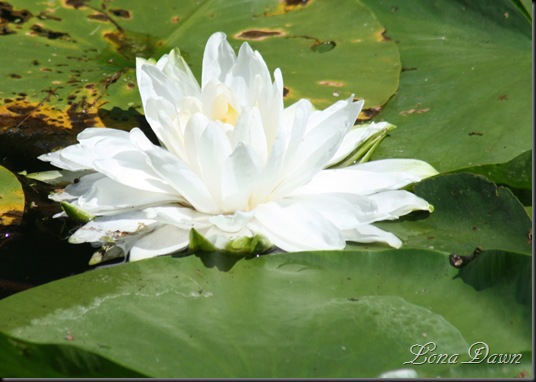
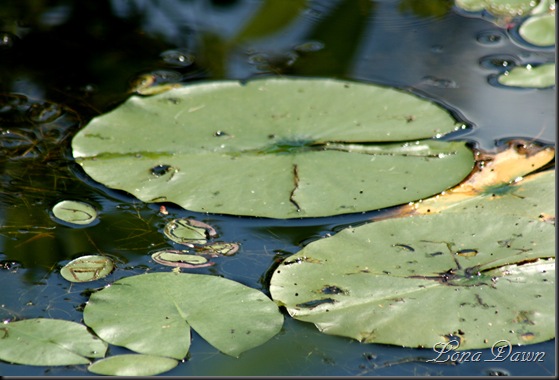

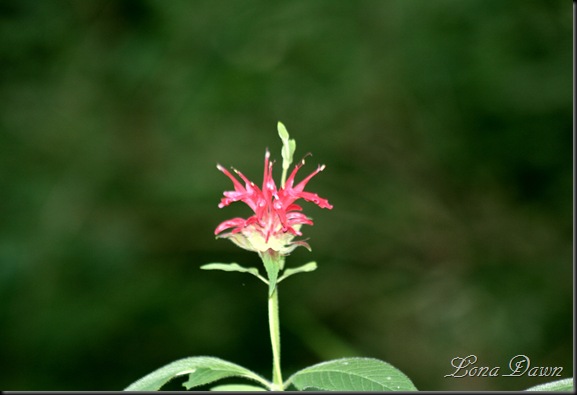
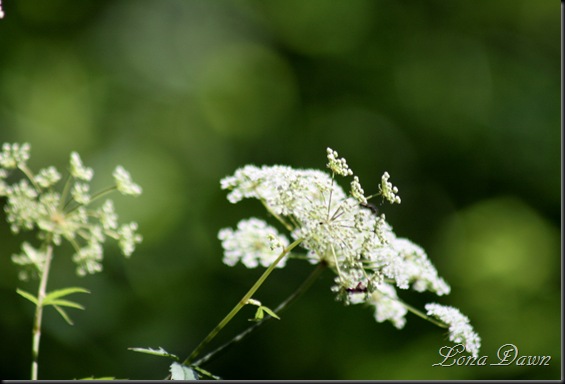
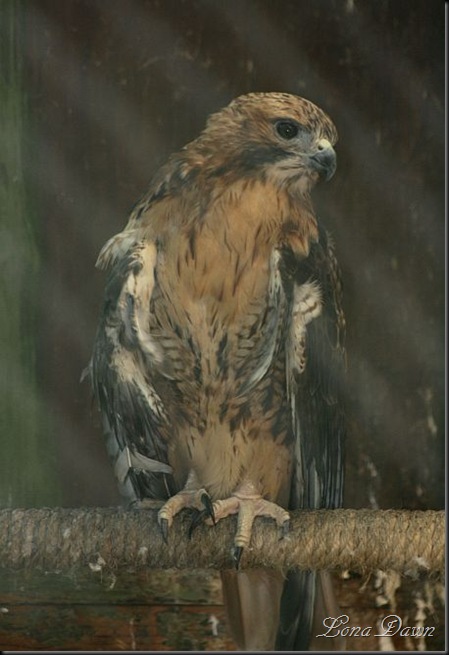








Great pictures of the preserve! Your unknown damselfly is the female ebony jewelwing. One quick correction, if you don't mind. Squawroot is not a fungus! It is a wildflower that lack the green chlorophyll it needs to make its own food. This plant gets is nutrients from the roots of oak trees! It does look quite fungus-y though!
ReplyDeleteAssistant Naturalist, Wahkeena Nature Preserve
Thank you so much Robyn for the corrections and identifications. It is a lovely place for a visit and learning.
ReplyDelete